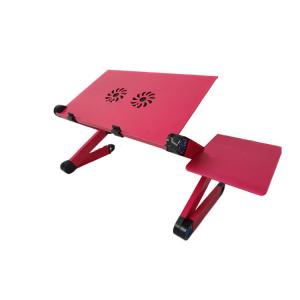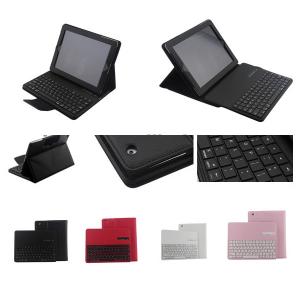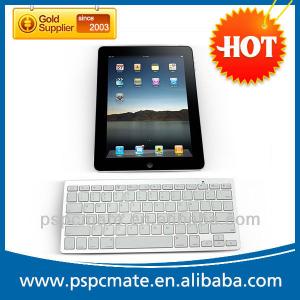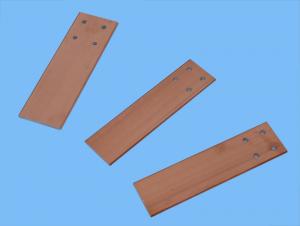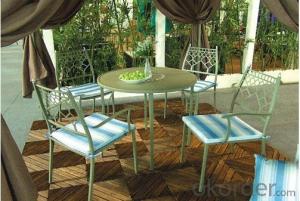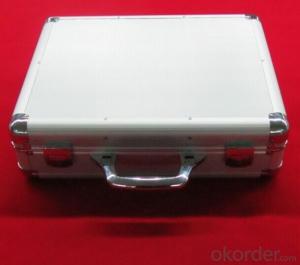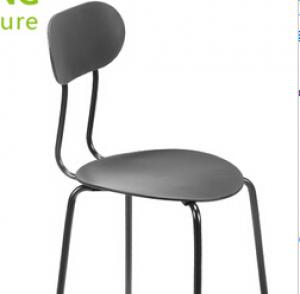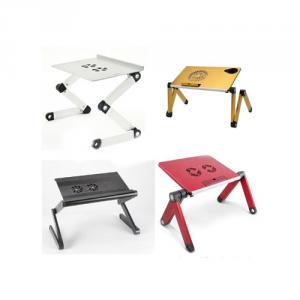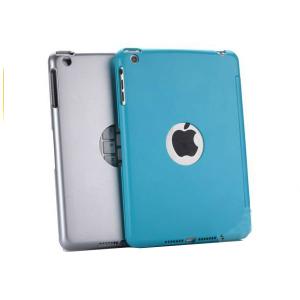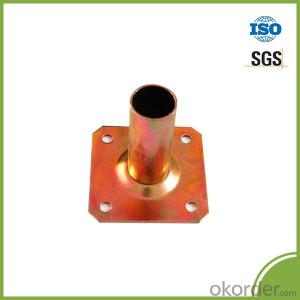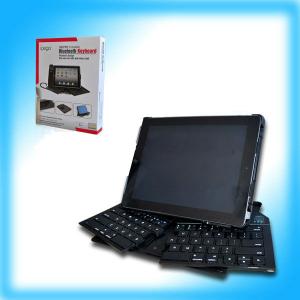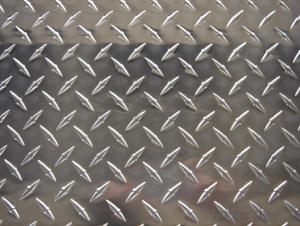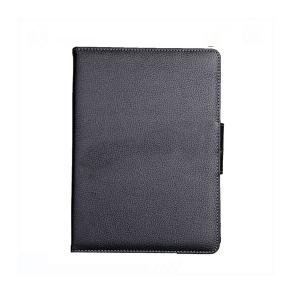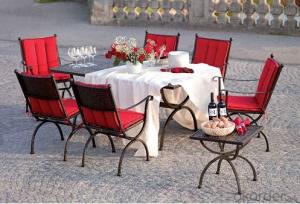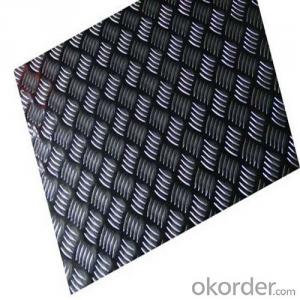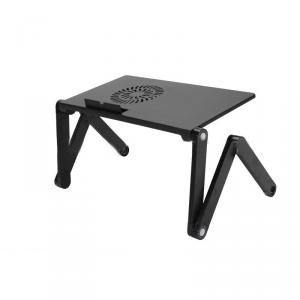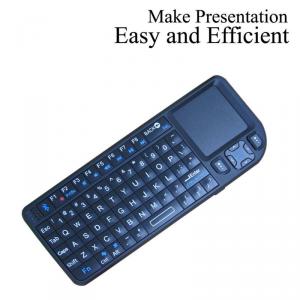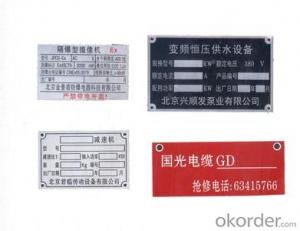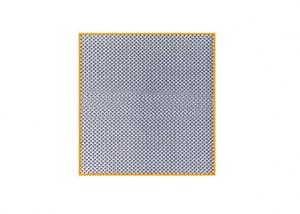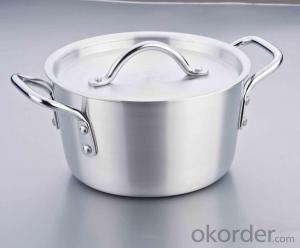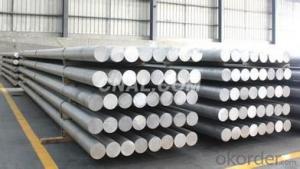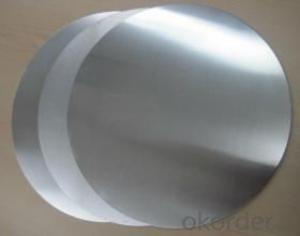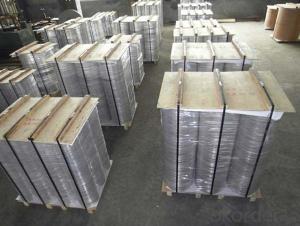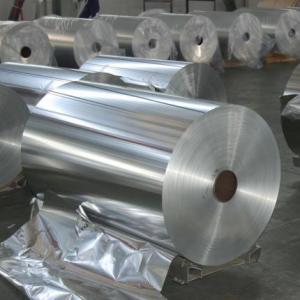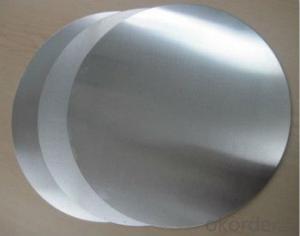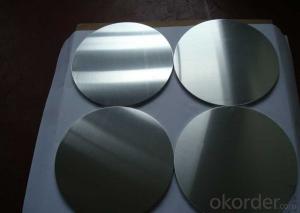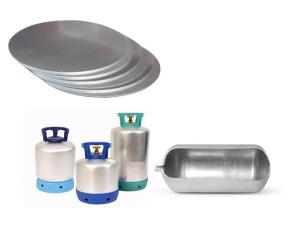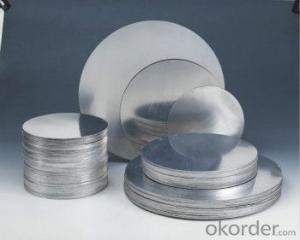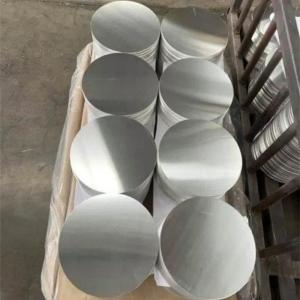Brass Or Aluminum Plate Keyboard
Brass Or Aluminum Plate Keyboard Related Searches
Aluminum Or Brass Plate Aluminum Keyboard Plate Aluminum Metal Plate Chrome Plate Aluminum Aluminum Bow Plate Aluminum Paper Plate Aluminum Plate Acoustic Barrier Aluminum Tool Plate Aluminum Base Plate Engraved Aluminum Plate Aluminum Switch Plate Aluminum Grill Plate Diamond Plate Aluminum Tool Box Aluminum Wall Plate Aluminum Dimond Plate Aluminum Charger Plate Aluminum Vin Plate Brushed Aluminum Plate Aluminum Floor Plate Aluminum Tooling Plate Aluminum Cooling Plate Aluminum Flat Plate Aluminum Plate Wallet Aluminum Bronze Plate Buy Aluminum Plate Aluminum Pressure Plate Aluminum Diamond Plate Cabinets Bow Plate For Aluminum Boat Aluminum Cooking Plate Aluminum Boat Bow PlateBrass Or Aluminum Plate Keyboard Supplier & Manufacturer from China
Brass or aluminum plate keyboards are high-quality input devices that are designed to provide durability and longevity. These keyboards are made from either brass or aluminum plates, which offer excellent resistance to wear and tear, making them ideal for heavy-duty use. They are known for their robust construction and are often preferred in environments where reliability and sturdiness are of utmost importance.The brass or aluminum plate keyboards are widely used in various industries, including industrial, medical, and military sectors, where the need for reliable and durable input devices is crucial. These keyboards can withstand harsh conditions and are resistant to corrosion, making them suitable for use in challenging environments. They are also commonly found in control rooms, laboratories, and other settings where precision and dependability are essential.
Okorder.com is a leading wholesale supplier of brass or aluminum plate keyboards, offering a vast inventory of these high-quality products. With a commitment to providing the best customer service and competitive prices, Okorder.com ensures that customers can find the brass or aluminum plate keyboard that best suits their needs. Their extensive selection and reliable supply chain make them a trusted source for businesses and individuals seeking durable and reliable input devices.
Hot Products




